
ACID properties are principles ensuring data reliability and integrity in transaction processing, focusing on Atomicity, Consistency, Isolation, and Durability.

ACID properties are principles ensuring data reliability and integrity in transaction processing, focusing on Atomicity, Consistency, Isolation, and Durability.
Andy rises from the ashes of his dead startup and discusses what happened in 2024 in the database game.

New data flavors require new ways of storing them. Learn all you need to know about the Parquet file format

This post is meant to guide you through some of the lessons I’ve learned while working with multi-terabyte datasets. The lessons shared are focused on what someone may face as the size of the…

Learn about different types of databases and find out how to design a functional and efficient database system, and compare popular RDBMSs like MySQL, Oracle, and PostgreSQL.

PostgreSQL, a widely adopted open-source relational database management system (RDBMS), offers robust...

A hands-on dive into scalar quantization (integer quantization) and product quantization with Python.
A detailed comparison of Milvus, Pinecone, Vespa, Weaviate, Vald, GSI and Qdrant
Discover Vector Databases: How They Work, Examples, Use Cases, Pros & Cons, Selection and Implementation. They have combined capabilities of traditional databases and standalone vector indexes while specializing for vector embeddings.

Vector database is a type of database that stores data as high-dimensional vectors, which are...

You have probably seen or used the YAML format in configuration files. YAML (a recursive acronym for...

Introduction Views and Common Table Expression or CTE are two important concept in...
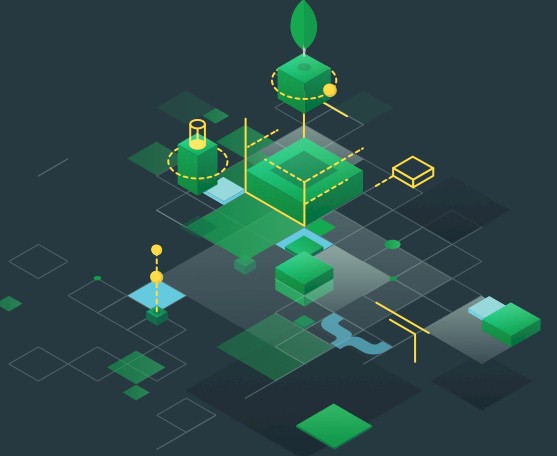
There is something weird about storage companies that were started around the same time as the Great Recession. The big ones that have gone public after
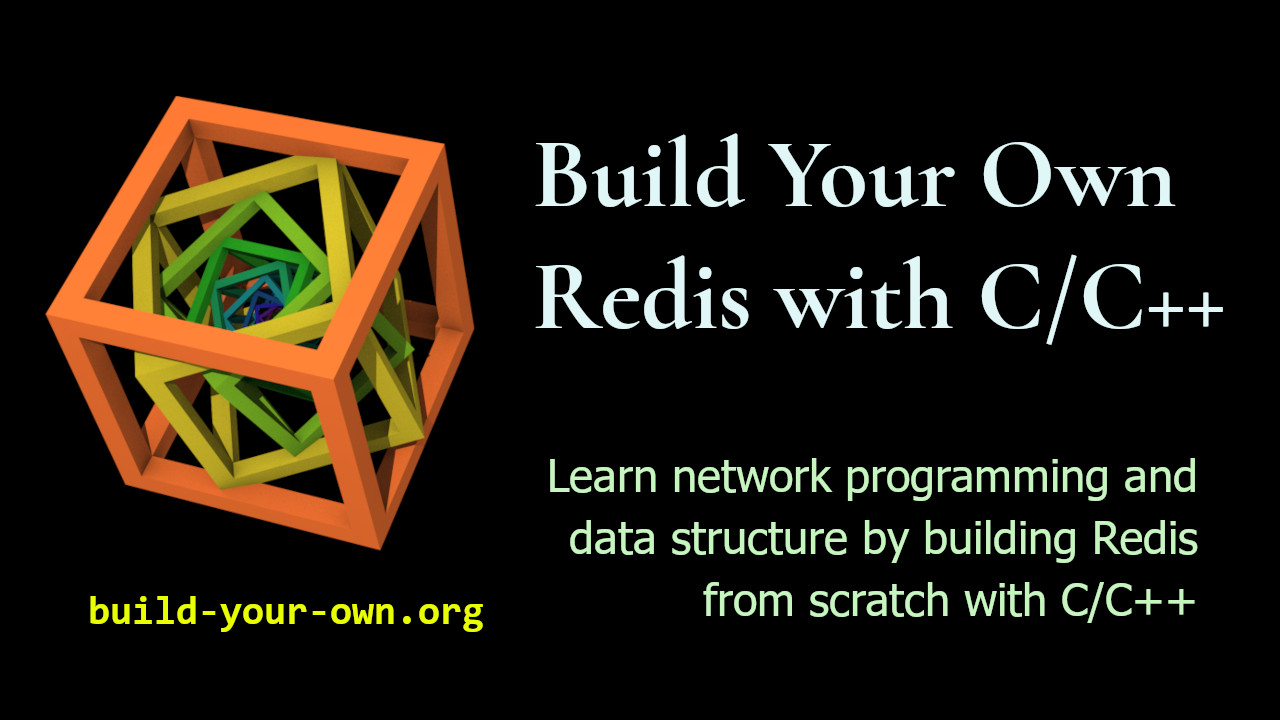
Build Your Own Redis with C/C++ | Learn network programming and data structures

The fastest to run any graph algorithm on your data is by using Memgraph and MAGE. It’s super easy....
A database is a collection of information that is structured for easy access. It mainly runs in a...
Taking your database to the next level regarding scale is often harder than scaling web servers. In...
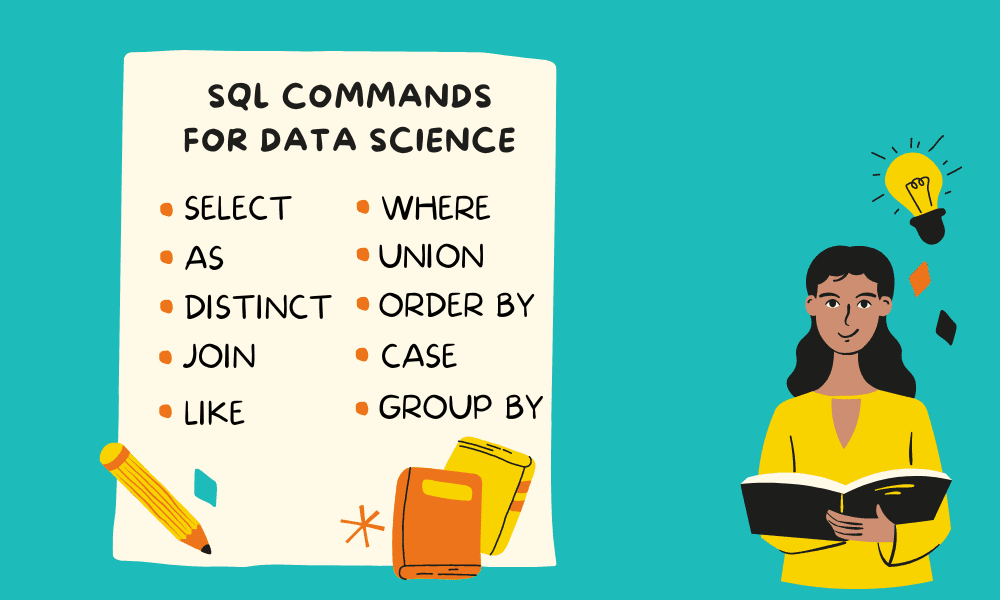
Learn SQL commands for filtering, string operations, alias, joining tables, if-else statements, and grouping.

I have to conclusion how to setup MongoDB (NoSQL) with Jupyter Notebook by summary step like...

We decided early on to store all chat history forever so users can come back at any time and have their data available. This is a lot of data: how do we do it?

Learn about Active Record and subqueries, views and materialized views, and domain types and composite types in Postgres and Ruby on Rails.
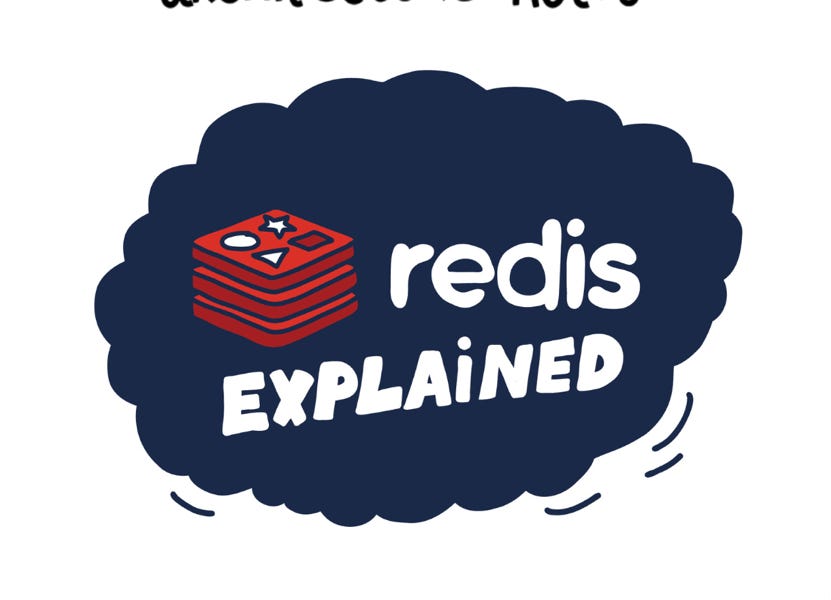
A deep technical dive into all things Redis. Covering various Redis topologies, data persistence and process forking.
3 steps (+examples) to connect to MS SQL Server, MySQL, Oracle and many other databases

Postgres Professional is a PostgreSQL company delivering Postgres Pro DBMS and all kinds of PostgreSQL professional services worldwide
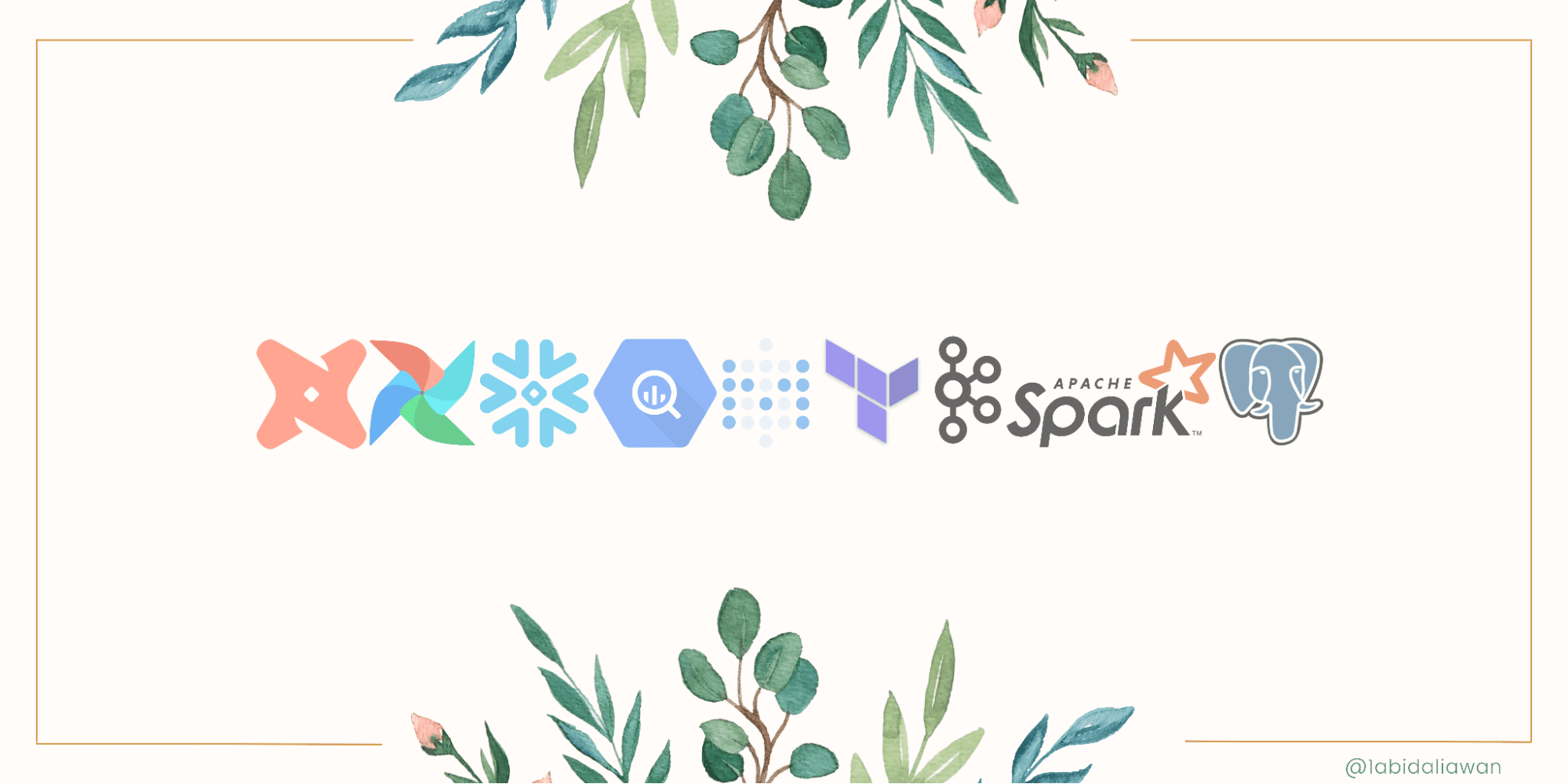
Learn about the modern tools for data orchestration, data storage, analytical engineering, batch processing, and data streaming.

When migrating from PostgreSQL to MySQL we often get stuck with syntax between databases. Here are...

Mycli - Python https://github.com/dbcli/mycli star 10.3k A Terminal Client for MySQL...

News & blog about Learn Enough (including the Ruby on Rails Tutorial)
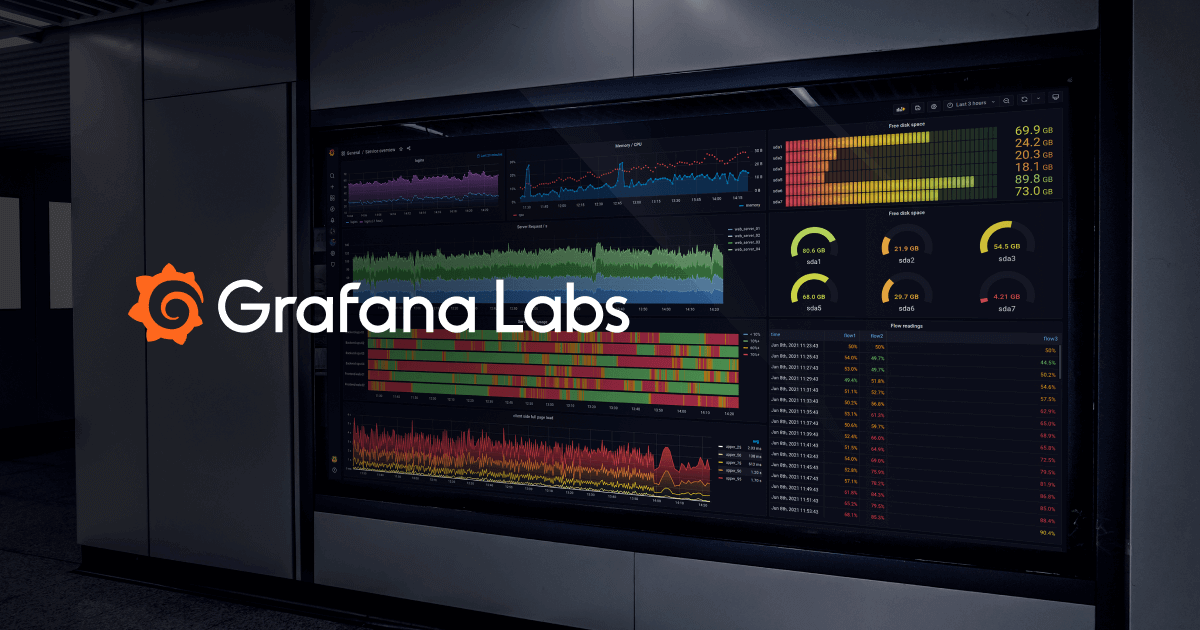
Grafana is the open source analytics & monitoring solution for every database.
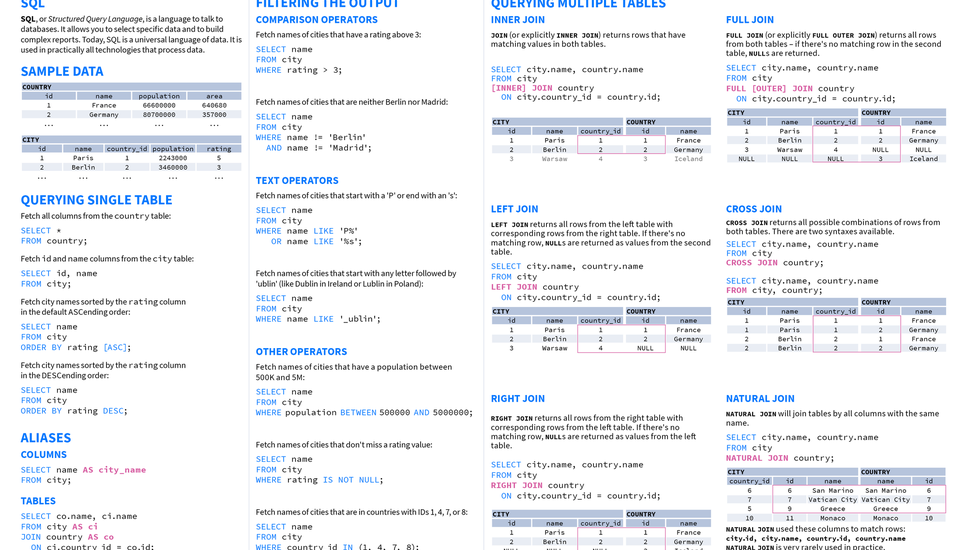
This 2-page SQL Basics Cheat Sheet will be a great value for beginners as well as for professionals. Download it in PDF or PNG format.

Learn how to interact with PostgreSQL databases through the command line using PSQL.
Reviewing more advanced SQL operations to extract additional data insights from the Irish Weather dataset.
One of the most valuable technical skills I use working on a data science team in the retail space is SQL…
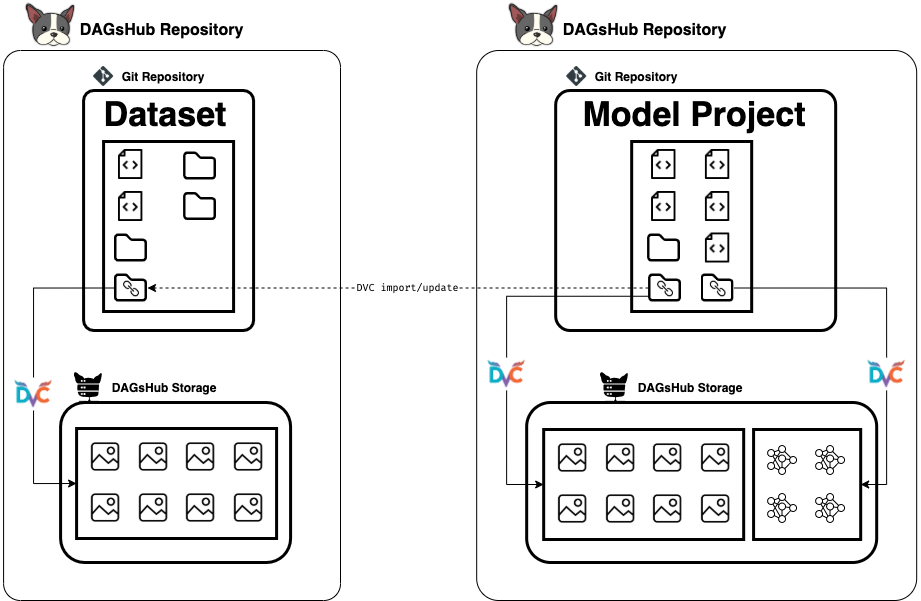
Create, maintain, and contribute to a long-living dataset that will update itself automatically across projects.

If you’ve been practicing your SQL religiously, like I suggested in Top Skills to Ace Every SQL Interview Question, then you’ve probably…

Historically speaking, processing large amounts of structured data has been the domain of relational databases. Databases, consisting of tables that can be joined together or aggregated…

Discover Baserow, the open-source no-code platform for building databases and applications. No code or technical skills needed. Start creating for free today!

How to avoid those dreaded pitfalls and “gotcha” moments when selecting databases for your next application?

The graph database is popular with social networks, but there's no reason to limit it to tracking people and their friendships.
In this article, I will be discussing how to quickly setup a NoSQL database MongoDB with your brand new Rails 6 app. I am using Ubuntu…

Rails 6.1 has added support for switching connections for one database instead of all databases
Using SQLite to store your Pandas dataframes gives you a persistent store and a way of easily selecting and filtering your data

How to manage external resources in Python with your custom context managers

Encyclopedia of databases systems from Carnegie Mellon University. Curated by @andy_pavlo
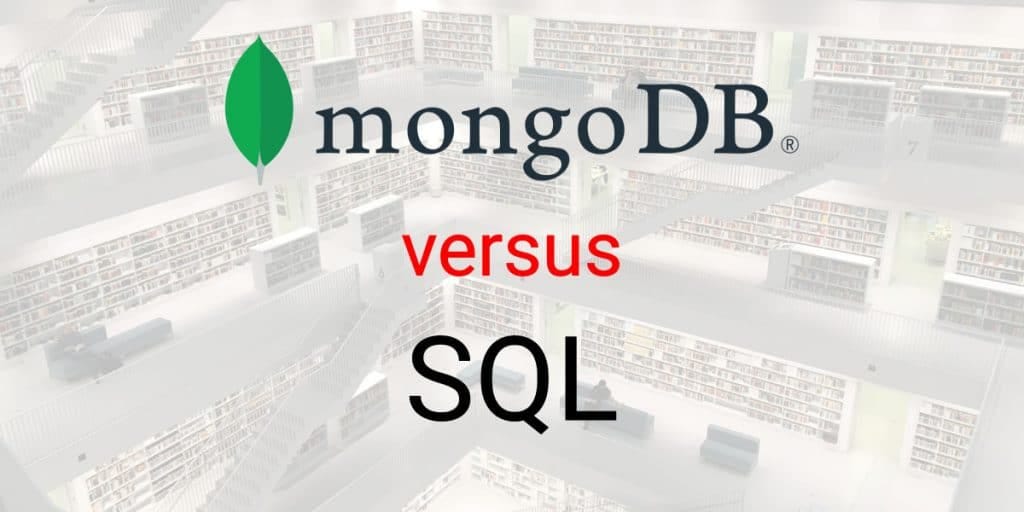
MongoDB and SQL databases are two polar opposite sides of the backend world. The former deals with chaotic unstructured data, while the…
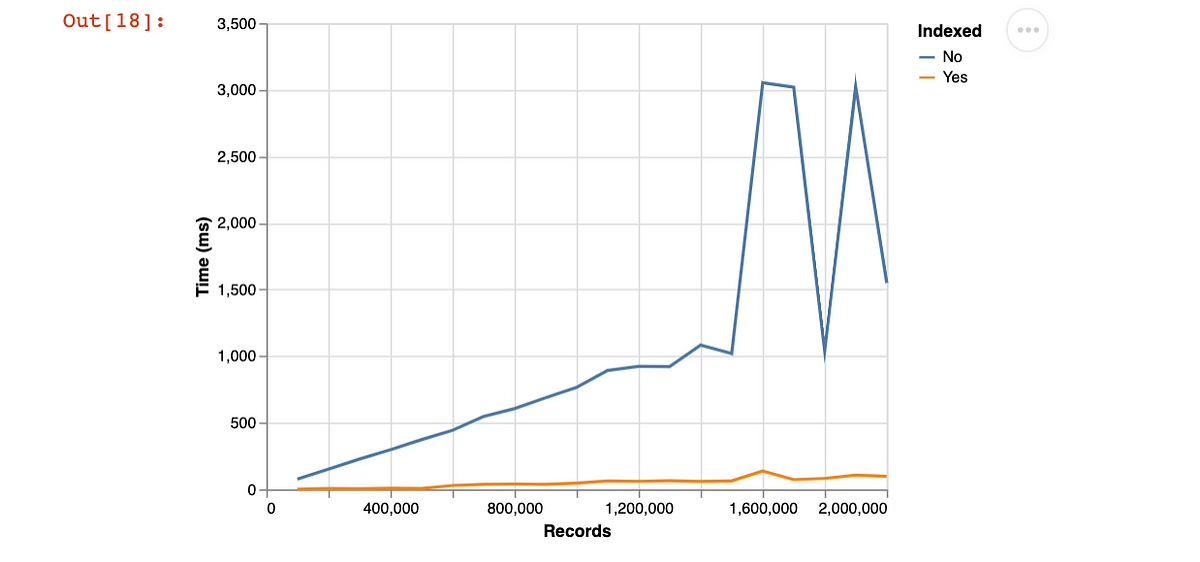
With query examples you can run on your laptop

Sharded databases have been receiving lots of attention in recent years, but many don’t have a clear understanding of what they are or the scenarios in which…
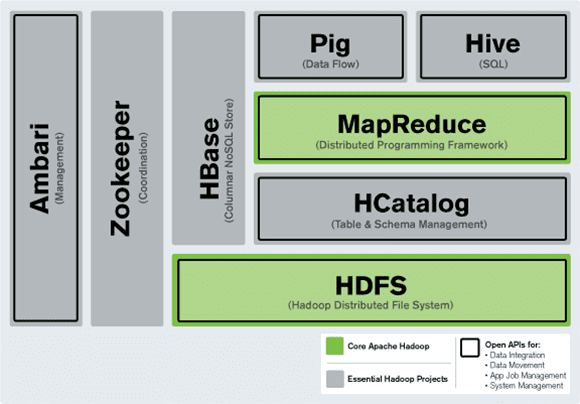
The sudden increase in the volume of data from the order of gigabytes to zettabytes has created the need for a more organized file system for storage and processing of data. The demand stemming from the data market has brought Hadoop in the limelight making it one of biggest players in the industry. Hadoop Distributed… Read More »HDFS vs. HBase : All you need to know